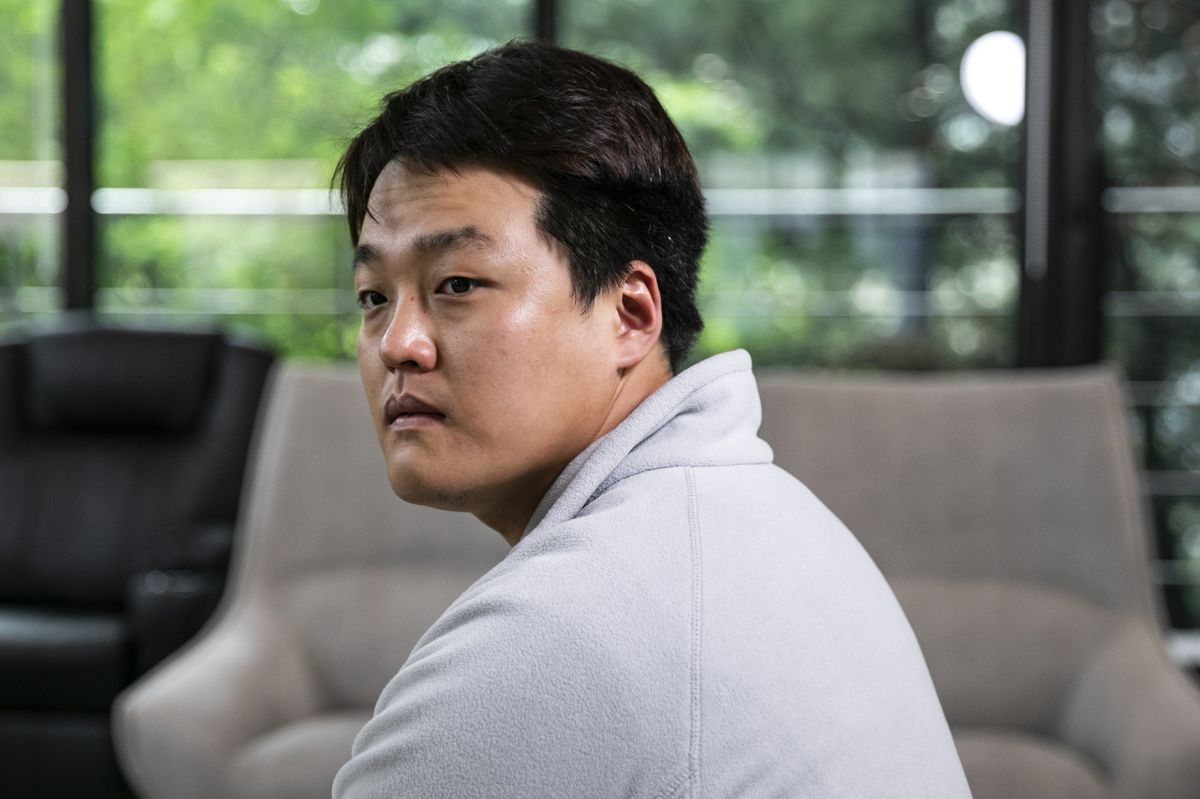In Everything at the same time everywhere, by Daniel Kwan and Daniel Scheinert, the multiverse is real. But not in the form of a theory, a fear, an announcement, or even a hint. In reality, in this magnificent chaos, time unfolds, multiplies, and compounds to create not one, but dozens of alternate realities. It spirals in all directions in fragments of stories, which make up a risky and triumphant fractal of genres.
If time travel has become a common trope in recent years — especially thanks to Marvel — cinema has trouble deconstructing it. But this film, oblivious to any convention, not only comes with its magnificent promise, but also shows how cinema can actually conceive reality. Everything at once everywhere is aware that the multiverse is still — or was — a word. So the directorial duo set out to create a visual and narrative journey in which the multiplicity of time could be real. Do it also by conceiving the film as a scenario in which hundreds of different situations can occur. Move forward, be bright and powerful.
Of course, in its wildest moments, the film verges on the possibility of being incomprehensible or at least incoherent. He goes back and forth through the heroic purpose — again, the world must be saved — but the focus of the script is not on the hero. It is actually the question of time breaking into hundreds of pieces that must be unified and reunited. Everything at the same time everywhere is aware that it competes with gigantic franchises.
Or in the best of cases, with established proposals that carefully explore time. So it goes to the opposite extreme. Everything at once everywhere does not need immediate contextualization to be believable. Neither does it elaborate a sense of time and a box of rules to function. For the directors — who are known in the film world as Daniels — the fact is basic. If the multiverse is real, what could we do for it? how to traverse it?
Satisfied and answered the questions, Everything at once everywhere begins its journey towards an infinity of possibility. And what is better, it adds a thick support of metaphysics, pseudo science and philosophy. But he doesn't do it to justify his premise — he doesn't need to — but to make it more robust, firmer and more fluid. For its second installment, the film must allow time to advance and build its script towards a whirlwind of plot twists. And that's when it finds its central point. A centrifuge in which Michelle Yeoh is the glorious center of a story that slips on the edges of reality. In which time is subverted and the very substance of the cinematographic is challenged.
Everything at the same time everywhere, what time asks, time has
Of course, as in all good premise, it takes a great hero. And Michelle Yeoh not only is, but she also raises the perception of the moral hero. She does it in hundreds of different scenarios, moments, situations and narratives. As she moves forward, she steadily navigates through seemingly traditional themes like love, exclusion, and the bonds that bind us to those we love. But this great universality is a useful plane to analyze the theme of the passing of the story and let the plot flow. Yoeh, more than once, acts as a point of reference in the midst of a universe that is deconstructing around her.
Her Evelyn Wang is a seemingly simple character who suddenly turns out to have as many layers as the multiverse she will travel through. In the midst of her humble work as a migrant and wife, she also grapples with her daughter's sexuality and even questions about the future. The first minutes of Everything at once everywhere do not make it clear where the film is headed. And that quality of narration that goes through the stratum of the everyday and then jumps to a cosmic stratum, dazzles. Because once Evelyn begins to go through all the possibilities, all the facts, all the times, she will be the rudder point towards the future. Or maybe the past? The time break in Everything at Once Everywhere is extreme, fun, sometimes confusing.
But where Sam Raimi's Doctor Strange in the Multiverse of Madness fails, the film manages to dig deeper and remedy softness. The multiverse has the same potency of Evelyn's mundane reality and the consistency of power — mystical — that threatens her existence. The quality of the journey between realities is real, to the extent that it comes before any perception of logic. But as the argument progresses, it is much more evident and noticeable that the film is in search of an ambitious and sophisticated goal. Understand that the substance of reality — cinematographic? —is much more extensive, consistent and strange than might be supposed.
Traveling through reality is ultimately a journey to the heart
Everything at once everywhere is more ambitious than its resources allow. At some points, it is clear that Daniels had the daring, the courage and the steady hand that is missing in other proposals. But not always the script accompanies them. Still, the visual spectacle is so enormous that its minor flaws pale in comparison. As the settings change, the tropes and themes do too.
And the directorial duo finds a way to link Everlyn to her familiar sorrows with an extraordinary mission. One that goes beyond being just a common thread, the visible face of a collection of eccentric stories. Or just even, the power behind the fight between good and evil. It's actually the heart of the movie and that's its biggest strength. One of many, in the middle of a scenario in which reality ends up being irrelevant in favor of the perception of the future. Probably, what part of the history of cinema will do All at once everywhere.










